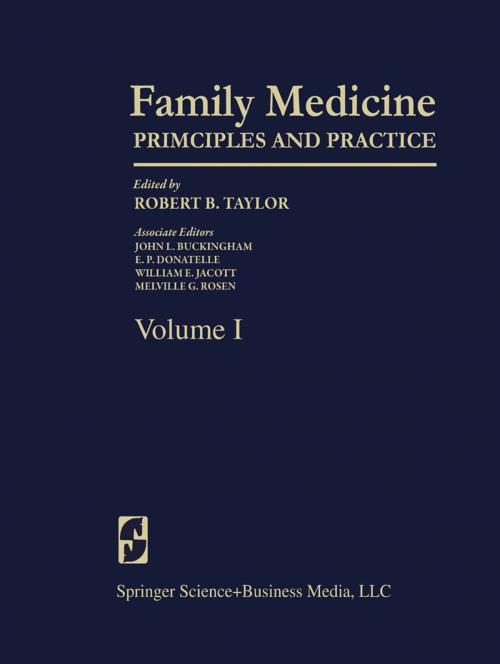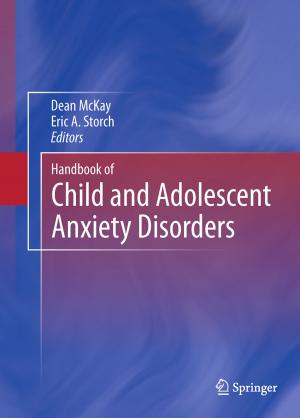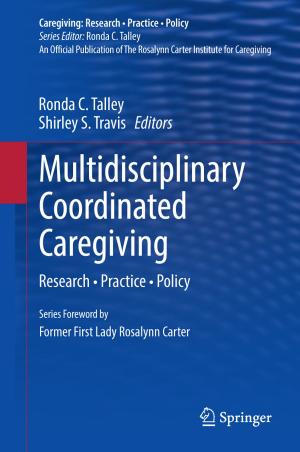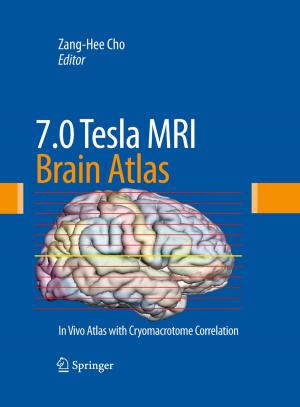Family Medicine
Principles and Practice
Nonfiction, Health & Well Being, Medical, Reference, Practice Management & Reimbursement, Specialties, Family & General Practice| Author: | J. L. Buckingham, E. P. Donatelle, W. E. Jacott, M. G. Rosen | ISBN: | 9781475739992 |
| Publisher: | Springer New York | Publication: | June 29, 2013 |
| Imprint: | Springer | Language: | English |
| Author: | J. L. Buckingham, E. P. Donatelle, W. E. Jacott, M. G. Rosen |
| ISBN: | 9781475739992 |
| Publisher: | Springer New York |
| Publication: | June 29, 2013 |
| Imprint: | Springer |
| Language: | English |
JOHN S. MILLIS In 1966 the Citizens Commission on Graduate Medical Education observed that the explosive growth in biomedical science and the consequent increase in medical skill and technology of the twentieth century had made it possible for physicians to respond to the episodes of illness of patients with an ever-increasing effectiveness, but that the increase in knowledge and technology had forced most physicians to concentrate upon a disease entity, an organ or organ system, or a particular mode of diagnosis or therapy. As a result there had been a growing lack of continuing and comprehensive patient care. The Commission expressed the opinion that "Now, in order to bring medicine's enhanced diagnostic and therapeutic powers fully to the benefit of society, it is necessary to have many physicians who can put medicine together again. "! The Commission proceeded to recommend the education and training of sub stantial numbers of Primary Physicians who would, by assuming primary responsi bility for the patient's welfare in sickness and in health, provide continuing and comprehensive health care to the citizens of the United States. In 1978 it is clear that the recommendation has been accepted by the public, the medical profession, and medical education. There has been a vigorous response in the development of family medicine and in the fields of internal medicine, pediatrics, and obstetrics. One is particularly impressed by the wide acceptance on the part of medical students of the concept of the primary physician. Dr. John S.
JOHN S. MILLIS In 1966 the Citizens Commission on Graduate Medical Education observed that the explosive growth in biomedical science and the consequent increase in medical skill and technology of the twentieth century had made it possible for physicians to respond to the episodes of illness of patients with an ever-increasing effectiveness, but that the increase in knowledge and technology had forced most physicians to concentrate upon a disease entity, an organ or organ system, or a particular mode of diagnosis or therapy. As a result there had been a growing lack of continuing and comprehensive patient care. The Commission expressed the opinion that "Now, in order to bring medicine's enhanced diagnostic and therapeutic powers fully to the benefit of society, it is necessary to have many physicians who can put medicine together again. "! The Commission proceeded to recommend the education and training of sub stantial numbers of Primary Physicians who would, by assuming primary responsi bility for the patient's welfare in sickness and in health, provide continuing and comprehensive health care to the citizens of the United States. In 1978 it is clear that the recommendation has been accepted by the public, the medical profession, and medical education. There has been a vigorous response in the development of family medicine and in the fields of internal medicine, pediatrics, and obstetrics. One is particularly impressed by the wide acceptance on the part of medical students of the concept of the primary physician. Dr. John S.















